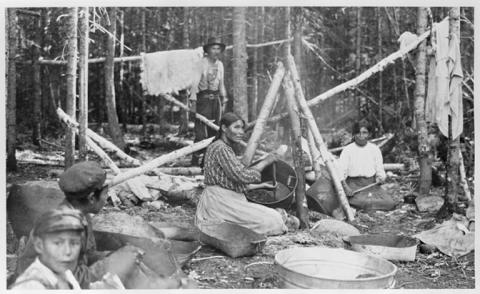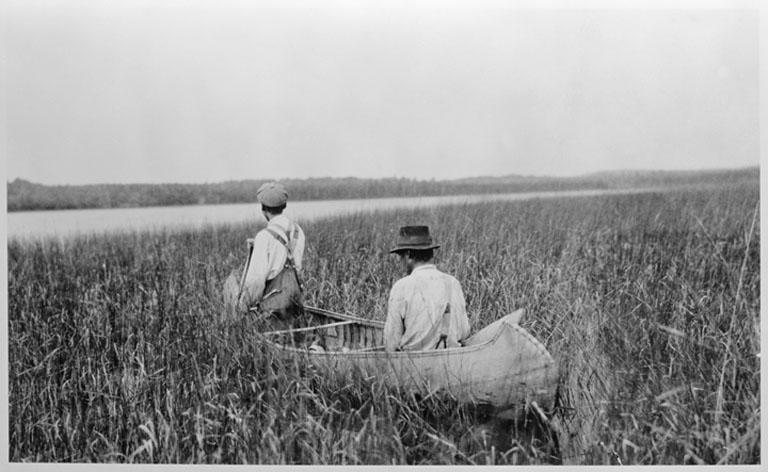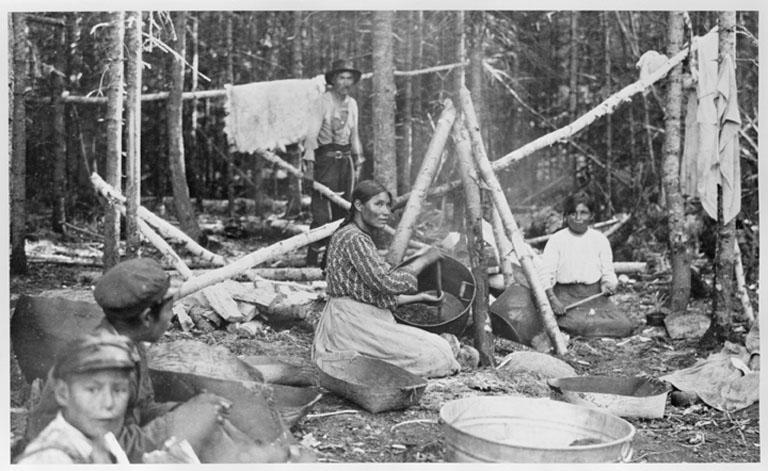
Names and Their Meanings
Wild Rice - Zizania aquatica, Z. palustris
Wild Rice
Description
Wild Rice is a cultural keystone species for all Anishinaabe and Algonquian peoples. A large annual, semi-aquatic emergent, grass-like plant growing up to 3 meters, the leaves are long and thin, with ligules at the sheath. The flowers occur in spikes, with male flowers spreading on the bottom of the spike, and female flowers appressed at the top of the spike. The seed is a long grain. Wild rice likes loose, organic sediments and requires 0.1-1 m of clear water. Wild rice occurs in wetlands, lakeshores and slow-moving rivers. Wild rice flowers from July to August, and are wind pollinated. The grains develop from late August to September, and are dispersed by wind and water. Wild rice does not reproduce vegetatively.
Conservation Status
Z. aquatica: S3 (Vulnerable) in Ontario; S5 (Secure) in New York
Z. palustris: S5 (Secure) in Ontario; S3 (Vulnerable) in New York



